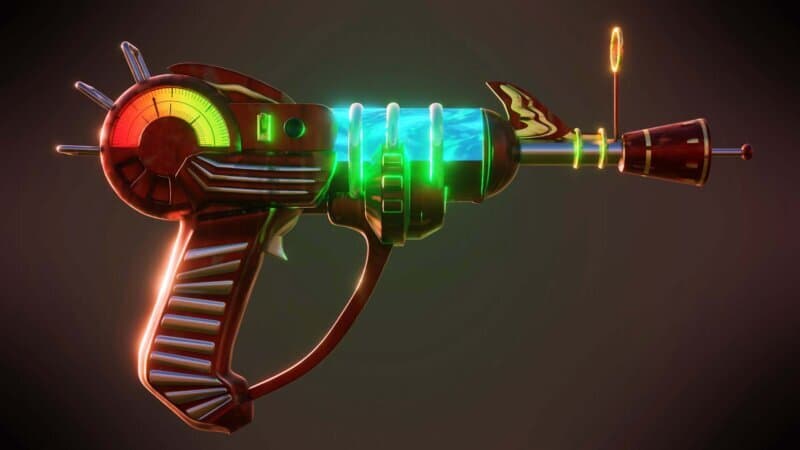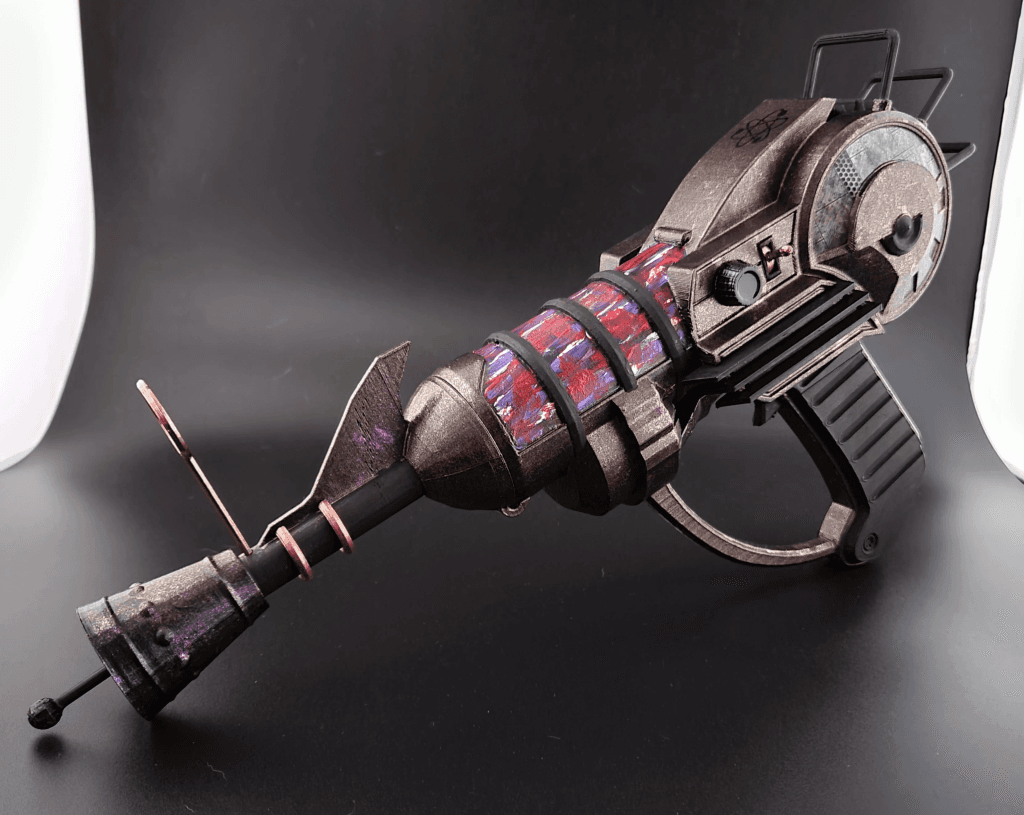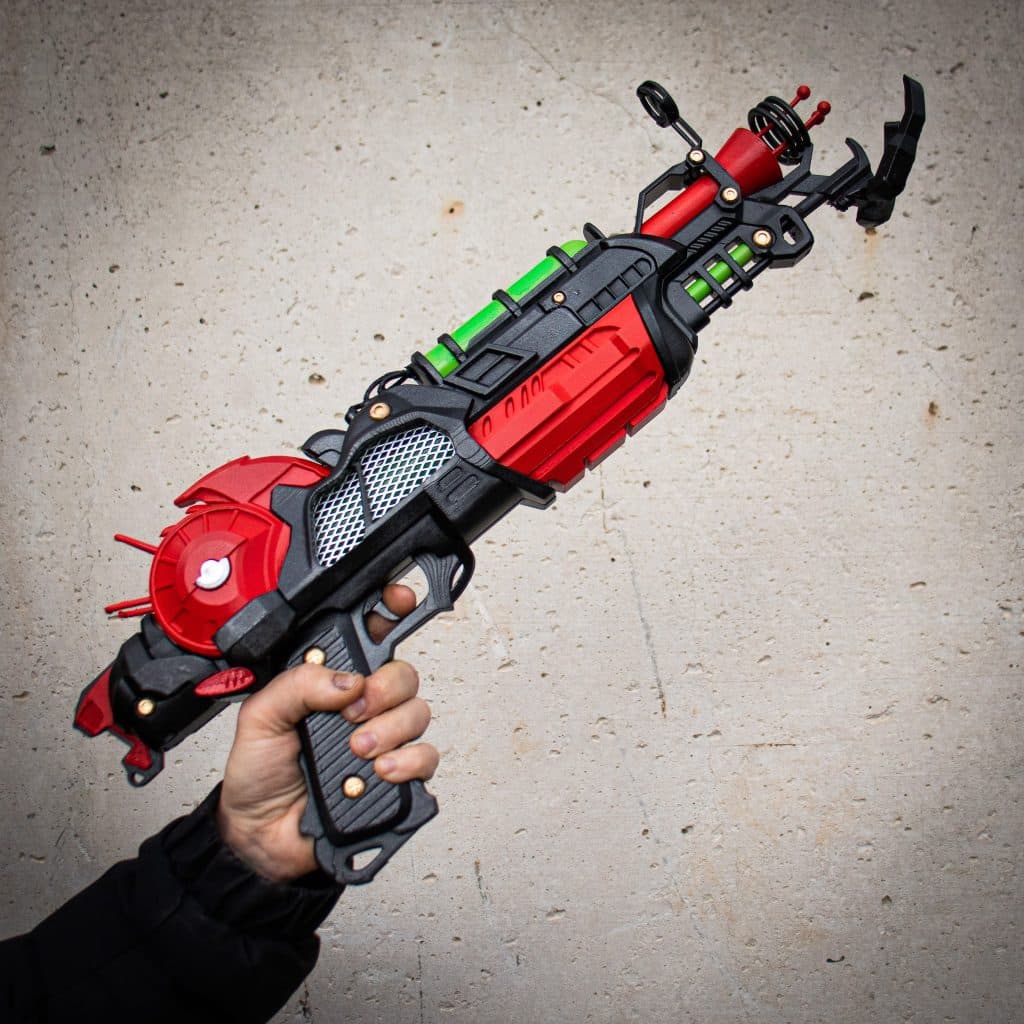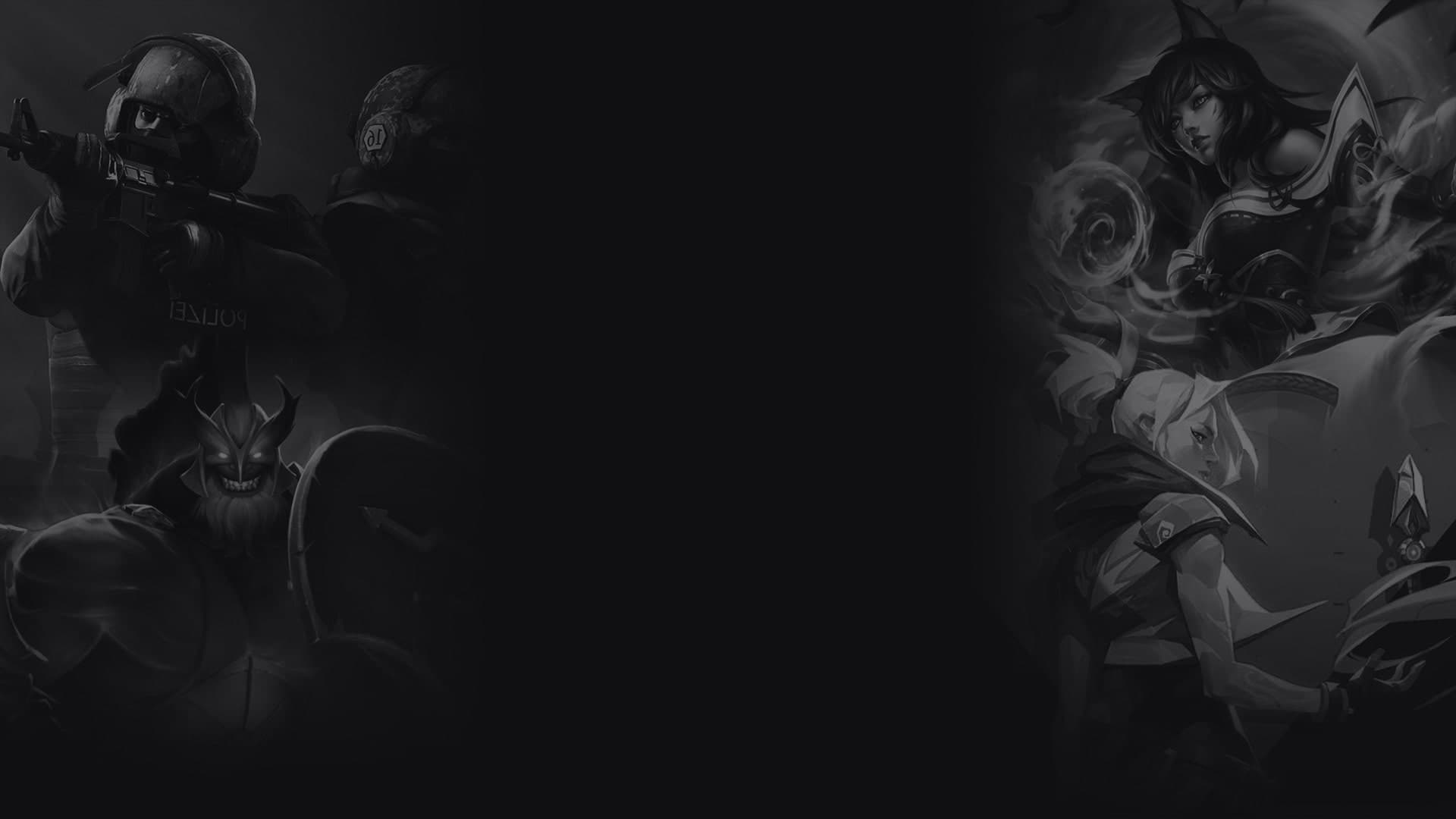The Iconic Call of Duty Ray Gun: History and Best Uses
The Ray Gun is one of the most recognizable and enduring weapons in the Call of Duty series, particularly within the Zombies game mode. Introduced in Call of Duty: World at War, it quickly became a fan favorite, known for its distinctive design, powerful energy blasts, and ability to obliterate zombies in a single shot.
Over the years, the Ray Gun has appeared in numerous Call of Duty titles, each time bringing with it slight variations that have kept players intrigued. Explore the history, features, and impact of the Call of Duty Ray Gun across various games, from World at War to Warzone 2.0.

Origins of the Ray Gun in Call of Duty: World at War
The Ray Gun made its debut in Call of Duty: World at War, where it was first featured as a Wonder Weapon in the Zombies mode. Its initial introduction set the tone for what would become one of the most beloved weapons in the franchise.
In World at War, the Ray Gun was available in all Zombies maps, accessible only through the Mystery Box. Its damage output was incredibly high, making it a go-to weapon for players aiming to survive the relentless waves of the undead.
The Ray Gun's mechanics were simple yet effective. It delivered 1,000 damage per direct hit and had significant splash damage, capable of hitting multiple zombies at once. However, this splash damage was a double-edged sword, as it could also harm the user if fired too close. The weapon's accuracy was pinpoint, but players needed to account for a slight delay in the energy blast's travel time, requiring careful aiming.
Evolution in Call of Duty: Black Ops
The Ray Gun returned in Call of Duty: Black Ops, where it continued to dominate the Zombies mode. While its core mechanics remained largely the same, there were notable differences. The weapon was still powerful, maintaining its one-shot kill capability up to round 15-16, but it started to lose its effectiveness in higher rounds, often creating crawlers instead of killing zombies outright.
One of the key changes in Black Ops was the introduction of the Porter's X2 Ray Gun, an upgraded version that players could obtain by Pack-a-Punching the original Ray Gun. This version extended the weapon's usefulness into later rounds but still suffered from the same drawbacks of splash damage and low point accumulation per kill.

The Ray Gun also played a role in the game's lore, with documents revealing that it was developed by Dr. Ludvig Maxis of Group 935, based on designs from the Rising Sun Facility in Japan. This backstory added an extra layer of intrigue to the weapon, further cementing its iconic status.
Variations in Call of Duty: Black Ops II and III
Call of Duty: Black Ops II saw the Ray Gun's return, this time with some aesthetic and functional updates. The splash damage was slightly reduced, making it less dangerous to the user, and the weapon received a new sprinting and diving-to-prone animation.
A significant addition was the Ray Gun Mark II, a direct successor available in all Zombies maps for players who purchased the Vengeance DLC. The Mark II version featured burst-fire mode, increased damage output, and less splash damage, making it a more refined version of the original.

In Call of Duty: Black Ops III, the Ray Gun continued to evolve. The weapon was available across multiple maps, including Shadows of Evil and The Giant. The reload animation was changed, now featuring cold cell batteries that were inserted one by one.
The weapon's rays also had a more impactful visual effect, shaking the screen upon impact. Despite these changes, the Ray Gun remained a reliable choice in early to mid-rounds, though it struggled in the later stages of the game.
Return in Call of Duty: Black Ops 4 and Cold War
Call of Duty: Black Ops 4 introduced further changes to the Ray Gun, particularly in its handling and damage output. The weapon's reload animation became significantly slower, requiring more precision from players.
However, it compensated with increased headshot damage, making it a potent weapon for skilled players who could land their shots accurately. The Ray Gun also featured in Blackout, the game's battle royale mode, and the Specialist HQ mission, where it was used to fend off waves of zombies.
In Call of Duty: Black Ops Cold War, the Ray Gun returned with even more enhancements. The weapon could now be upgraded through three tiers via the Pack-a-Punch machine, with each tier significantly boosting its damage output. This made the Ray Gun viable even in late-game rounds, a stark contrast to its earlier iterations.
The weapon was available on all maps and could be obtained through various means, including the Mystery Box, side quests, and special enemy drops.
Ray Gun in Modern Warfare III and Warzone 2.0
The Ray Gun's legacy continued in Call of Duty: Modern Warfare III, where it appeared in the limited-time Vortex game mode in multiplayer. This mode allowed one player to wield the Ray Gun, with its location visible on the map, creating intense battles as players vied for control of the powerful weapon.
The Ray Gun was also featured in Zombies mode, where it maintained its status as a Wonder Weapon with ultra rarity, accessible through the Mystery Box or by crafting it in the schematics menu.
In Call of Duty: Warzone 2.0, the Ray Gun made its mark during the Season Two release of Modern Warfare III. It became a key item in the Horde Hunt event on Fortune's Keep, where players could acquire it through Supply Caches, completing contracts, or participating in public events.
The weapon's inclusion in Warzone added a new dimension to the battle royale experience, blending the traditional survival gameplay with the iconic power of the Ray Gun.
The Ray Gun's Lasting Impact
The Ray Gun has left an indelible mark on the Call of Duty franchise. Its unique design, powerful energy blasts, and deep integration into the game's lore have made it a beloved weapon among players.
Whether it's the original version from World at War, the refined Mark II, or the enhanced variants in Cold War and Warzone 2.0, the Ray Gun remains a symbol of the Zombies mode and a testament to the creative weapon design in the Call of Duty series.
The Ray Gun's ability to adapt and evolve across multiple games while retaining its core identity is a testament to its enduring appeal. As new Call of Duty titles continue to release, it's likely that the Ray Gun will continue to be a staple of the franchise, delighting both new and veteran players alike with its potent mix of nostalgia and firepower.
Credit: Call of Duty Vanguard
Read More:
